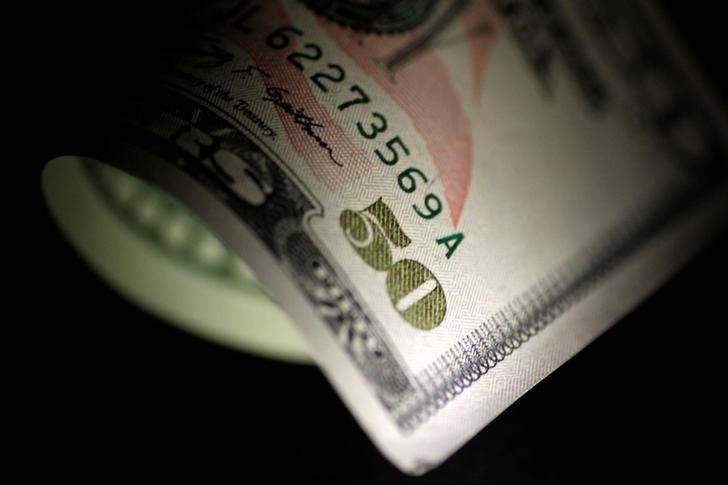By Rae Wee
SINGAPORE (Reuters) – The dollar loomed over major peers on Thursday as Treasury yields peaked at multi-year highs, while the yen tumbled to a fresh 32-year low and kept markets on high alert for any signs of an intervention.
Scorching inflation prints from Britain, Canada and New Zealand this week also showed that central banks across the globe are far from taming decades-high inflation even at the expense of stifling growth, stoking recession fears and fuelling demand for the safe haven dollar.
Against the rising greenback, the yen again breached a new 32-year low. The pound, the euro and the antipodean currencies were likewise all suffering losses in early Asia trade.
The was up 0.05% to 113.04, after a nearly 1% surge overnight.
The benchmark rose to 4.148%, its highest level since mid-2008, while the two-year Treasury yields touched a 15-year high of 4.58%.
“You still can’t write off the U.S. dollar, I’m still not convinced that we’ve necessarily seen the highs for this cycle,” said Ray Attrill, head of FX strategy at National Australia Bank (OTC:) (NAB).
The Japanese yen hit a fresh trough of 149.96 per dollar, and last bought 149.95.
The fragile yen has been on a losing streak for 11 straight sessions as of Wednesday’s close, and has renewed 32-year lows for the past six sessions.
“Looks like it’s the rabbit caught in the headlights at the moment,” said NAB’s Attrill.
“Given that Treasury yields have moved decisively above 4%, were it not for the threat of intervention, then I think dollar/yen would already be trading north of 150.”
Last month, Japan intervened in the foreign exchange market to buy yen for the first time since 1998, in an attempt to shore up the battered currency.
Elsewhere, sterling fell 0.2% to $1.12005, even as data released on Wednesday showed that the biggest jump in food prices since 1980 pushed British inflation back into double digits last month.
The inflation numbers continue a turbulent week for the pound, after Jeremy Hunt earlier this week scrapped Prime Minister Liz Truss’s economic plan and scaled back her vast energy subsidy.
The euro was down 0.1% to $0.9762.
The fell 0.2% to $0.6258, while the was 0.36% lower at $0.5656.
Data on Thursday showed that Australia’s jobless rate stayed near five-decade lows at 3.5% in September, though there was a potential sign of loosening in the very tight labour market as employment rose by much less than expected.
